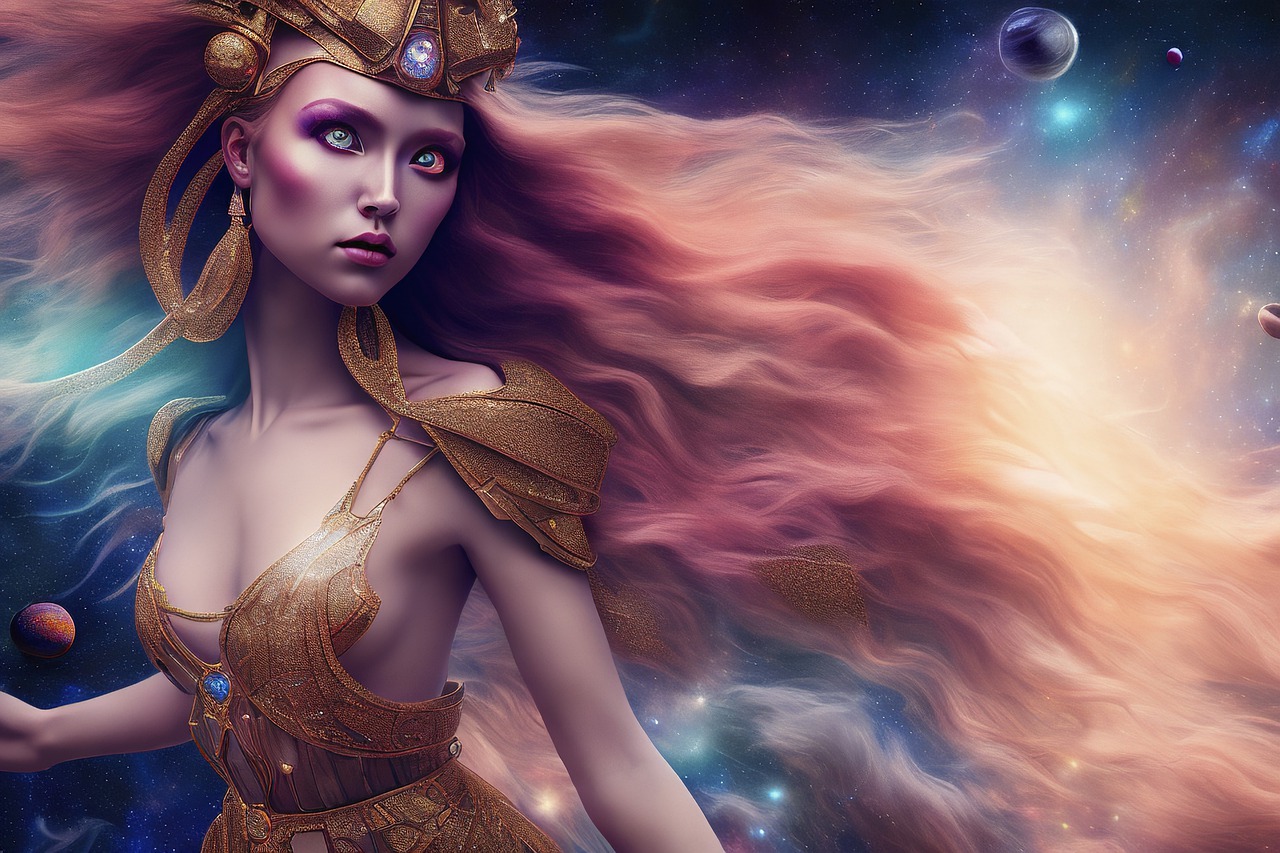The Irish Morrigan: Deity of Life, Death, and Transformation
The Morrigan, an ancient and multifaceted Irish goddess, finds her roots traced back to prehistorical times, illuminating her role as a vital figure in the pantheon of deities known as the Great Goddess across Europe. Historical artifacts suggest that she served as a bridge between the realms of life and death, embodying aspects of both birth and mortality as she guided souls through these fundamental transitions.
While numerous accounts emphasize her connection to death, societal influences often tailor her portrayal to reflect the attitudes and needs of warrior cultures, viewing her primarily as a source of power and martial strength. Conversely, literature also reveals her attributes as a healer and protector of the land, capable of elevating heroes such as Arthur. To fully understand the Morrigan’s complex identity, it is essential to delve into the diverse narratives surrounding her.
Ancient Representations
Archaeological discoveries, including stone stelae from Castelucio de Sauri, showcase her symbolism, often depicting her as a figure with pronounced breasts and distinct markers such as necklaces. These artifacts date back to the Copper Age, around 3000 BC, and found across regions in Spain, France, Portugal, and England. Statues and stone slabs frequently illustrate not only her breasts and eyes but also symbols of femininity and regeneration. She embodies life and death, with her nourishing form believed to manifest in the hills of County Kerry. Recognized as a bird goddess, often portrayed with a crow or vulture’s head, the Morrigan symbolizes a triadic nature, evidenced in her frequent association with the number three, illustrating her as a giver and sustainer of life.
At Newgrange, Ireland, her grand megalithic tomb and shrine feature engravings and sculpture that reinforce her dual nature. The imagery of spirals and sacred shapes suggests a dynamic force of life and death, indicative of her being a triple goddess. She symbolizes growth and renewal, connecting natural cycles with the cycles of existence. With connections to lunar phases and seasonal changes, she represents the ever-changing nature of existence.
The Dynamics of Power
Scholarly interpretations vary regarding her relationships with male gods, with some suggesting she had no consort, while others indicate links with deities such as the horned god and Dagda. This portrayal transitioned as societies evolved, revealing deeper layers of complexity in her character. The view of the Morrigan as a fragmented being lends itself to interpretations that stress both polytheistic nuances and egalitarian perspectives of her role in ancient mythos.
Historical accounts also touch upon her personifications as the Banshee or Bean Nighe, emphasizing beliefs surrounding death and warnings of impending doom. Legends surrounding her shapes her identity further, intertwining death with the nurturing aspects of womanhood through tales of maternal figures who assist in the passage between realms.
Shapeshifting and Transformation
Within folklore, her shapeshifting ability symbolizes a profound connection with the cycles of life. This resonates through the portrayal of her presence during critical moments of conflict, influencing outcomes on battlefields and embodying contrasting forces of destruction and rebirth. Her appearances as a dark hag evoke fear, representing inevitable aging and the closing of life. This aspect has historically generated trepidation towards powerful women, and her representation elucidates societal fears surrounding mortality and the feminine.
In the tales surrounding the legendary hero Finn, the Morrigan’s connection to death challenges traditional heroic narratives. These insights reveal a deep-seated acknowledgment of the intertwined nature of heroism, femininity, and mortality. These stories often paint a rich tapestry of conflict, where her identity continually evolves in response to cultural shifts.
The Arthurian Connection
The Morrigan’s lineage extends into Arthurian tales, where many researchers draw parallels between her and Morgan le Fay. This connection illustrates her transformation from an ancient goddess of sovereignty into a figure representing more complex narratives in human history. The subtext of rivalry between characters, such as Morrigan and Guinevere, reveals evolving notions of femininity and power, paralleling a shift from matriarchal to patriarchal perspectives in societal structures.
Tales of her involvement with Arthur show her as a facilitator of transitions, moving characters between life and death, highlighting her multifaceted nature as both benevolent and malevolent. While some accounts cast her as a villain, others offer a more nuanced understanding that honors her duality.
Conclusion
The Morrigan remains an intricate symbol of the interplay between life, death, and rebirth. Her existence in both ancient and modern narratives invites reflection on the evolving roles of women through history. As a guardian of the natural cycles, she embodies the reconciliatory power of myth to address fundamental human fears, hopes, and transformations. As we revisit her legacy, we unveil a goddess whose essence transcends simplistic interpretations, revealing a depth that contributes to a richer understanding of life’s cyclical narrative.



